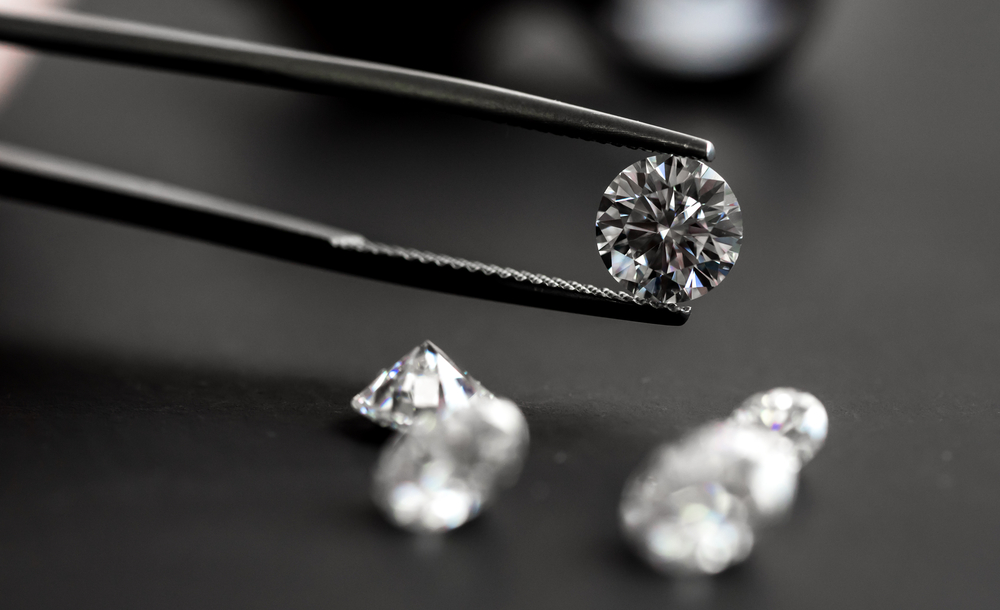
Traditionally, natural diamonds have been used in specialized tools, such as diamond-coated cutting tools, due to their superior wear resistance. However, the advent of artificial diamonds has opened up new possibilities.
Superior Strength And Hardness
Artificial diamonds exhibit the same physical and chemical properties as their natural counterparts. They are composed of carbon atoms arranged in a crystal lattice structure, resulting in exceptional strength and hardness. This hardness is measured on the Mohs scale, and diamonds rank as the hardest naturally occurring substance with a rating of 10. Consequently, artificial diamonds offer the same hardness and toughness, making them ideal for mechanical applications that require resistance to wear, abrasion, and high temperatures.
Cutting-Edge Cutting Tools
One of the most promising applications of artificial diamonds in mechanical industries is the development of cutting tools. The hardness and wear resistance of diamonds make them perfect for tasks that involve machining hard materials like metals, ceramics, and composites. Diamond-coated tools have already proven their worth in the aerospace and automotive industries, where precision and efficiency are paramount. With the use of artificial diamonds, these cutting tools can become even more effective, leading to improved productivity and cost savings.
Enhanced Thermal Conductivity
Apart from their exceptional hardness, artificial diamonds possess excellent thermal conductivity. This property makes them an attractive choice for heat management in mechanical systems. In industries where temperature control is critical, such as electronics, power generation, and manufacturing, artificial diamonds can be used as heat spreaders or thermal interface materials. Their high thermal conductivity enables efficient heat dissipation, contributing to the overall reliability and performance of mechanical components.
Revolutionizing Bearings And Seals
Bearings and seals are essential components in many mechanical systems, ensuring smooth operation and preventing leaks. The demands placed on these components are immense, requiring materials that can withstand high loads, friction, and corrosive environments. Artificial diamonds offer a promising solution due to their exceptional hardness, low friction coefficient, and chemical inertness. By incorporating artificial diamonds into bearings and seals, mechanical industries can achieve longer service life, reduced downtime, and enhanced reliability.
Challenges And Opportunities
While the potential benefits of artificial diamonds in mechanical industries are clear, there are still challenges to overcome. The cost of producing artificial diamonds remains relatively high compared to traditional materials. However, ongoing advancements in diamond synthesis techniques and increased market demand are expected to drive down prices in the future. Moreover, further research and development are needed to optimize the manufacturing processes and explore new applications. Collaboration between scientists, engineers, and manufacturers will be crucial in unlocking the full potential of artificial diamonds in mechanical industries.
